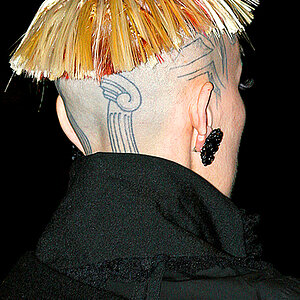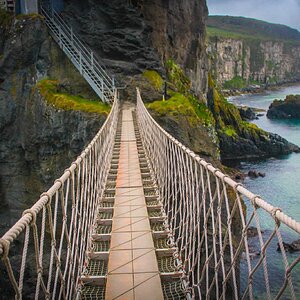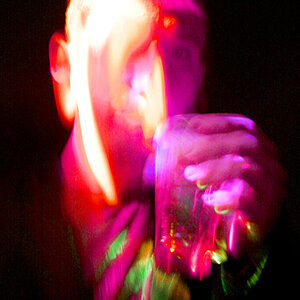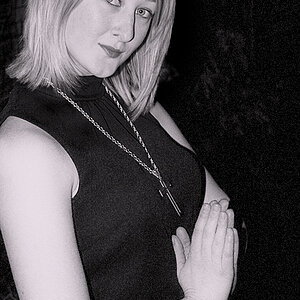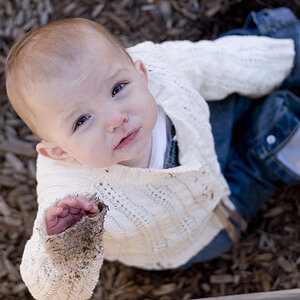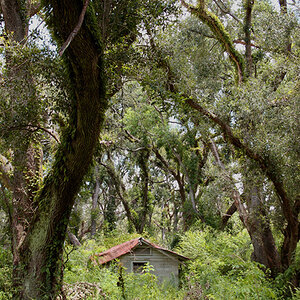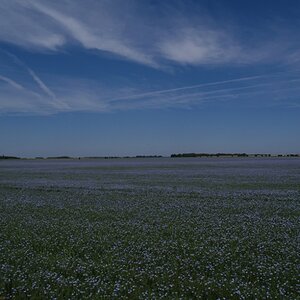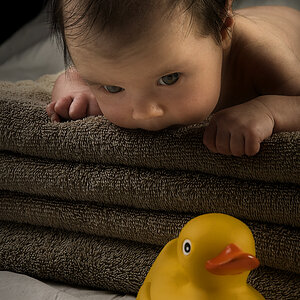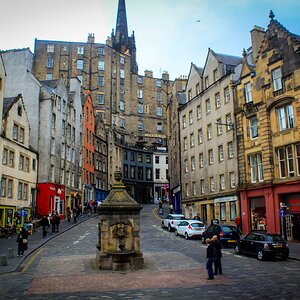Joseph Westrupp
TPF Noob!
- Joined
- Aug 8, 2010
- Messages
- 81
- Reaction score
- 0
- Location
- England
- Can others edit my Photos
- Photos NOT OK to edit
I suspect this is asking too much, but I'm wondering if there's any software that converts a 16 bit psd (or tif) file to an 8 bit jpg better than Photoshop does it. After editing, I have beautiful, smooth gradients in the sky in 16 bit, but Photoshop destroys them when converted to jpg (if the saturation's at a certain threshold). I could just reduce the saturation or the contrast, but, on the particular image I'm working on, I'd prefer a higher saturation and a high contrast. Another solution is the addition of noise, but I'd rather not have to resort to that if I can help it.
I realize this is quite arcane, but if anyone has any ideas, I'd love to hear them.
I realize this is quite arcane, but if anyone has any ideas, I'd love to hear them.








